This is the result of the largest ever camera-trap biodiversity survey in Vietnam, recently announced by the Biodiversity Conservation Component of the Sustainable Forest Management and Biodiversity Conservation Project (VFBC) in collaboration with the Ministry of Agriculture and Rural Development.
The project has set up 1,176 camera traps in 21 special-use and protective forests in 8 provinces and cities. During the period 2019-2023, the camera traps captured 120,000 images of animals out of millions of images collected. Most of these were species that are most resistant to hunting pressure such as monkeys, silver-cheeked ferrets and wild pigs.
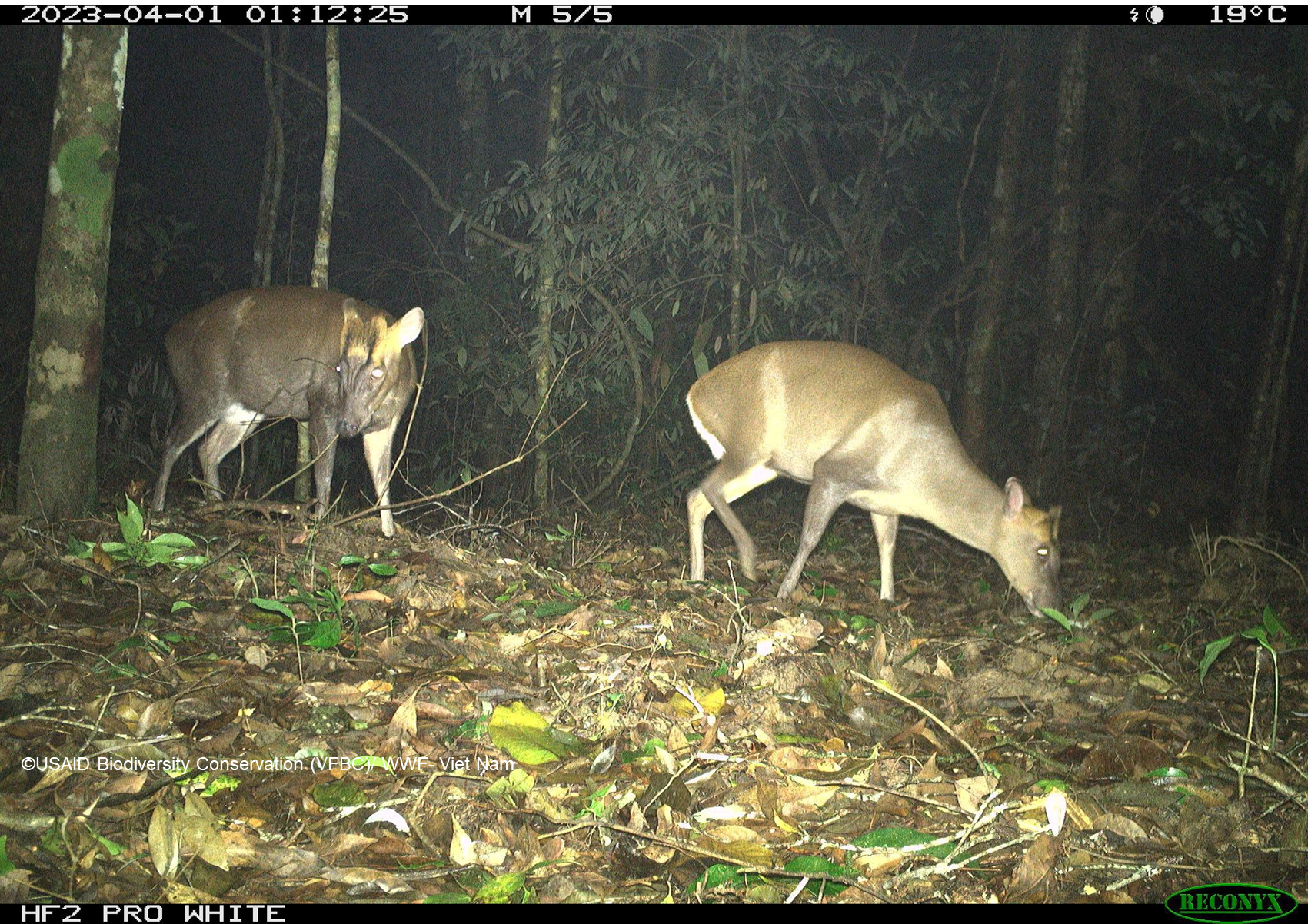
Notably, camera traps did not capture images of large carnivores and herbivores such as tigers, clouded leopards, dholes and saola – one of the few large mammals discovered in the last 50 years. Camera traps only recorded Asian elephant populations in two areas and large ungulates such as gaur in one area.
Traps also recorded 9 endemic species and 21 highly threatened endemic species of the Truong Son range. Rare species such as the Large-antlered Muntjac and Sun Bear were also discovered, contributing to the few records of these species in Vietnam in the past 20 years.
According to conservation experts from the World Wildlife Fund (WWF-Vietnam), this is the most comprehensive and systematic camera-trapping biodiversity survey ever conducted in Vietnam with financial support from the United States Agency for International Development (USAID) to monitor biodiversity and forest cover. Populations of many important forest animals were not recorded and may have declined due to widespread trapping.
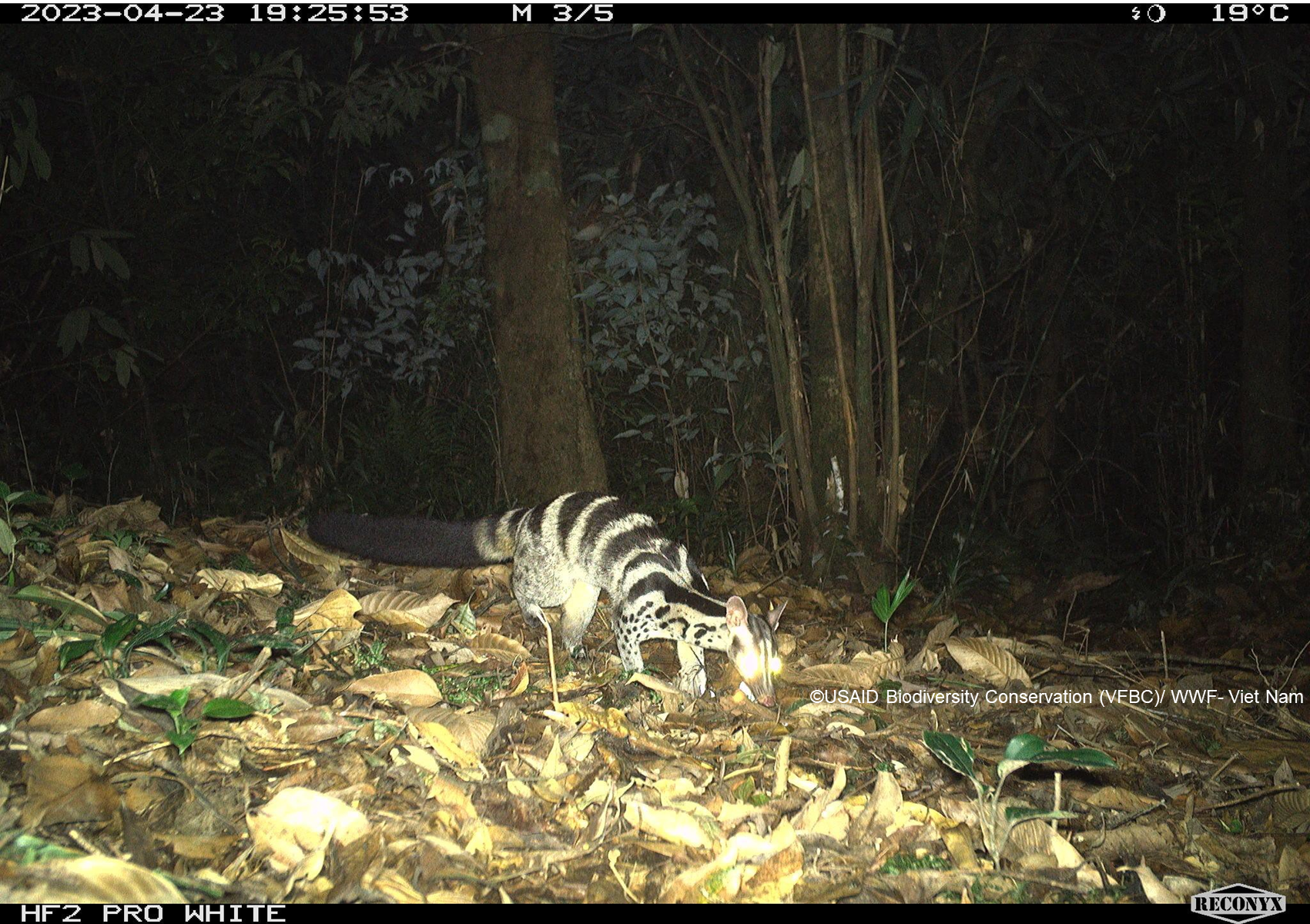
This is one of the largest camera-trap baseline biodiversity surveys ever conducted in Southeast Asia, and the results will inform and improve comprehensive management of protected areas, contributing to promoting appropriate policies in Vietnam, said Bradley Bessire, Deputy Mission Director of USAID Vietnam.
Despite the loss of many species, there are positive signs that investments to reduce biodiversity threats in several project sites in central Vietnam, including those previously supported by the Green Annamites project (2016-2020), are helping to stabilize or even increase populations of some species. This is a concrete demonstration of the effectiveness of sustained and timely investment in biodiversity conservation efforts, community-based snare removal patrols and rewilding in Vietnam.
“For the first time, we have data to confirm that Vietnam’s wildlife populations are under serious threat. The survey results also show positive signs thanks to the right investment from the Vietnamese Government , working with domestic and international organizations. Now is a golden time to start a national conservation breeding program to re-wild protected areas, while maintaining and enhancing biodiversity conservation efforts, especially reducing animal trapping,” said Mr. Nick Cox, Director of VFBC.
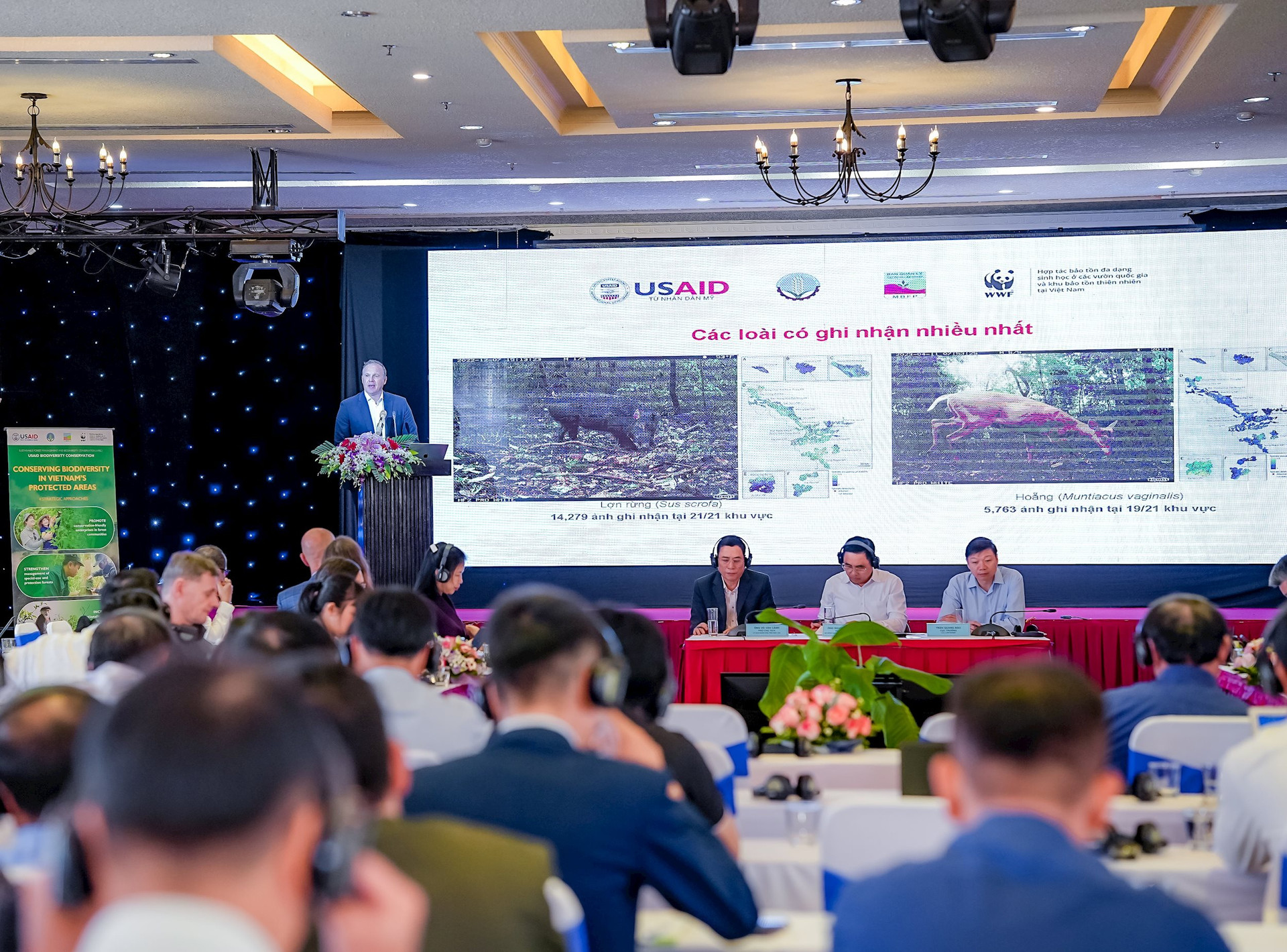
The second survey is being conducted in 21 special-use and protection forests and will be compared with the initial results when the project ends in 2025. The results of this survey will allow the project to assess biodiversity trends in the 21 areas during the project period.
Mr. Tran Quang Bao, Director of the Forestry Department, hopes that the project's camera-trap biodiversity survey process will be more effective, contributing to establishing a written guidance system that allows state management agencies to make appropriate policy recommendations to protect wildlife and conserve biodiversity in the coming time.
Source


![[Photo] General Secretary To Lam receives US Ambassador to Vietnam Marc Knapper](https://vphoto.vietnam.vn/thumb/1200x675/vietnam/resource/IMAGE/2025/9/29/c8fd0761aa184da7814aee57d87c49b3)
![[Photo] National Assembly Chairman Tran Thanh Man chairs the 8th Conference of full-time National Assembly deputies](https://vphoto.vietnam.vn/thumb/1200x675/vietnam/resource/IMAGE/2025/9/29/2c21459bc38d44ffaacd679ab9a0477c)


![[Photo] General Secretary To Lam attends the ceremony to celebrate the 80th anniversary of the post and telecommunications sector and the 66th anniversary of the science and technology sector.](https://vphoto.vietnam.vn/thumb/1200x675/vietnam/resource/IMAGE/2025/9/29/8e86b39b8fe44121a2b14a031f4cef46)
![[Photo] Many streets in Hanoi were flooded due to the effects of storm Bualoi](https://vphoto.vietnam.vn/thumb/1200x675/vietnam/resource/IMAGE/2025/9/29/18b658aa0fa2495c927ade4bbe0096df)








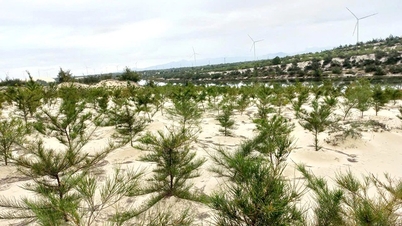








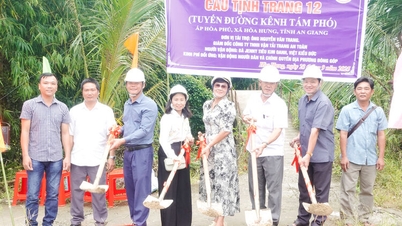



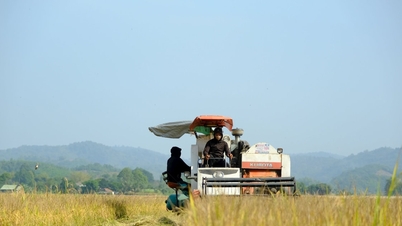










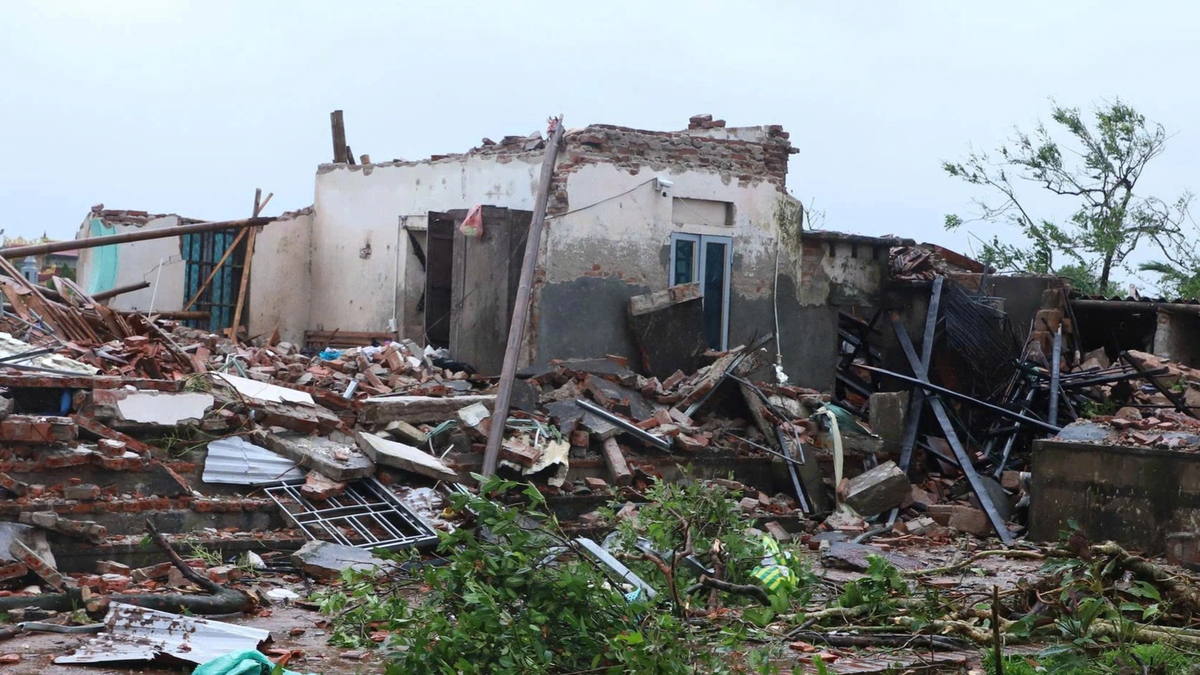
















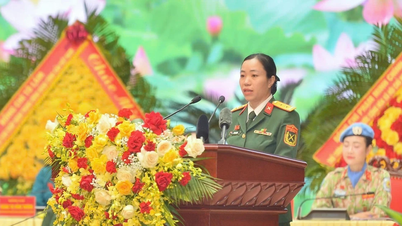










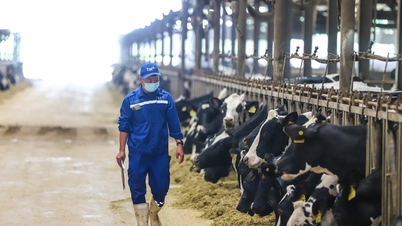



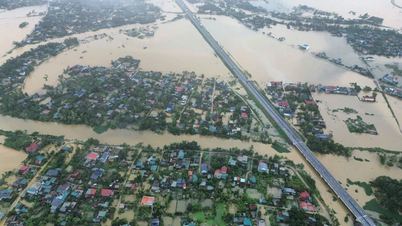
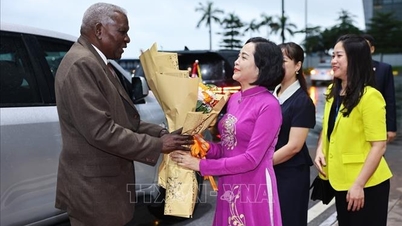


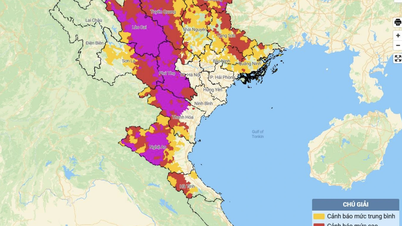











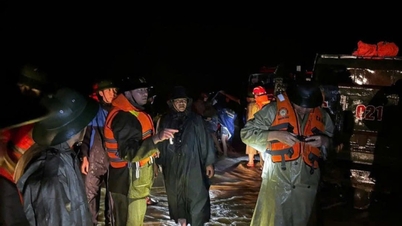















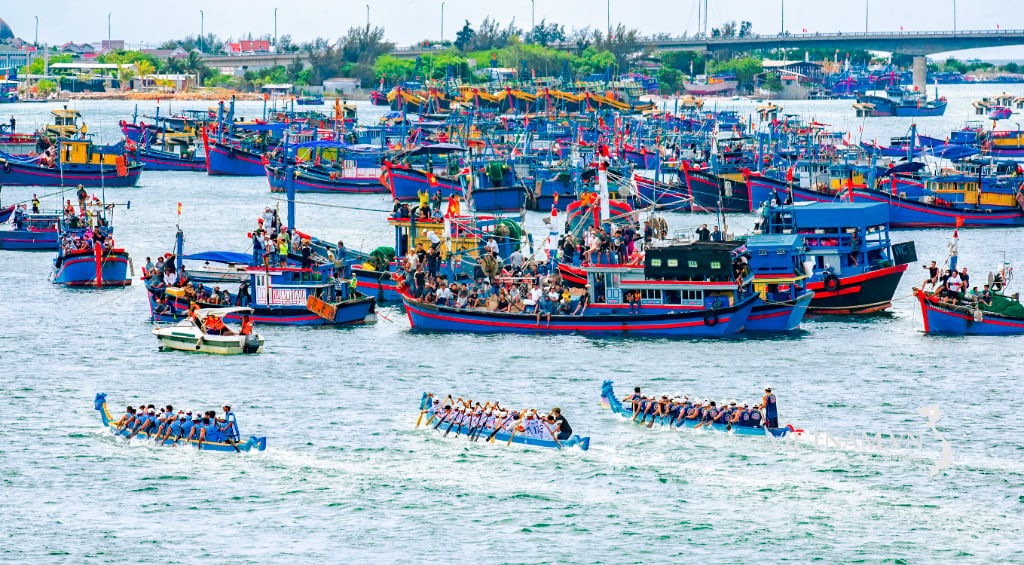



Comment (0)